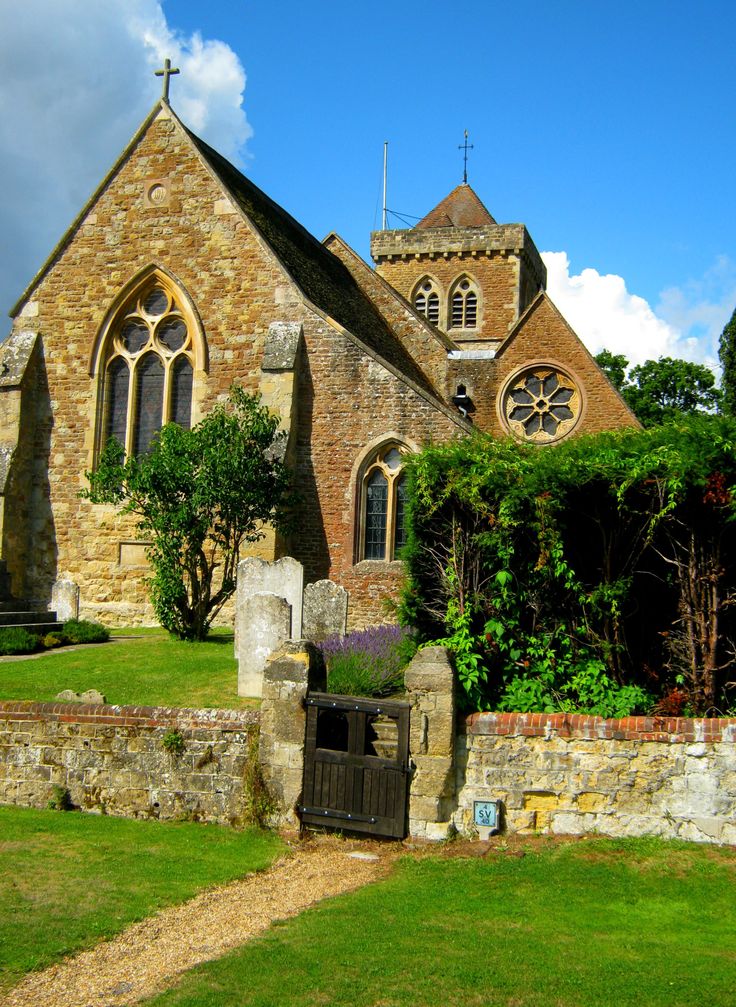The United Kingdom is a tapestry woven with threads of historical, cultural, and spiritual significance, each stitch representing the churches that grace its landscape. From the grand cathedrals that pierce the heavens to the humble chapels nestled in tranquil villages, each place of worship offers a unique glimpse into the rich Christian heritage that pervades the nation. These edifices not only serve as sanctuaries for prayer but also as storied monuments that encapsulate centuries of faith, art, and community.
At the heart of this ecclesiastical tapestry stands the majestic cathedral, an architectural marvel that often evokes a sense of awe and reverence. Cathedrals such as St. Paul’s in London and Durham Cathedral in the northeast possess an undeniable grandeur, symbolizing the eternal relationship between the divine and the earthly. The soaring spires point skyward, as if seeking to bridge the gap between humanity and God. Within their sacred walls, intricate stained-glass windows unfurl vibrant narratives from sacred scripture, encapsulating theological doctrine in brilliant color and light.
In contrast to cathedrals, chapels offer an intimate sanctuary where the faithful can gather in quietude. These smaller places of worship foster a spirit of community and fellowship, often becoming the heartbeat of small towns and villages. The chapel, with its simplicity and refuge-like quality, provides a space for reflection and communion with God. It embodies the notion that, while the cathedral may encapsulate the awe of the cosmos, the chapel resonates with the everyday spiritual journey of the individual.
The historical significance of these churches cannot be overstated. Many cathedrals and chapels have stood witness to the ebb and flow of societal changes, the tumult of wars, and the evolution of religious thought. For instance, Westminster Abbey is not only a site of worship but also a royal mausoleum, its hallowed ground interred with kings, queens, and notable figures in British history. Each stone of these churches is steeped in stories—of faith, doubt, triumph, and tragedy. They invite pilgrims and tourists alike to trace their fingers along ancient arches, to feel the palpable weight of time.
The fusion of art and religion in these spaces is another captivating aspect. Church interiors often resemble galleries, filled with sculptures, paintings, and carvings that convey Biblical tales and moral teachings. The artwork invites the beholder to experience faith viscerally—as an aesthetic and spiritual journey. Michelangelo once posited, “The true work of art is but a shadow of the divine perfection.” This sentiment resonates within the sacred walls of British churches, where every sculptural relief and mural serves as a bridge between the sacred and the ordinary.
Furthermore, the architectural styles that characterize British churches are as diverse as the communities they serve, each reflecting the era and geographical region in which it was built. Gothic architecture, with its pointed arches and ribbed vaults, revels in a celestial aesthetic. Baroque churches, adorned with opulent decorations, evoke a sense of the divine through their dynamism and intricate detailing. Conversely, quaint, rustic chapels often feature local stone and thatched roofs, harmonizing with the landscape and reinforcing the connection between faith and the land.
The religious practices that happen within these sacred spaces also vary markedly. In cathedrals, grand liturgical celebrations and profound ceremonies such as ordinations, confirmations, and weddings engage congregants in the wider community of faith. The sound of bell towers tolling fills the air, and the shared rituals act as a reminder of the church’s role in marking the passages of life. Meanwhile, chapels typically foster a more relaxed atmosphere, often emphasizing personal connection with God, communal prayer, and informal gatherings.
Churches, whether grand cathedrals or modest chapels, are also often at the forefront of social change and community service. They provide refuge, support, and assistance in times of crisis, exemplifying the Christian call to serve one another. From food banks to shelters, churches have committed themselves to addressing the needs of the marginalized, affirming that faith is also embodied in action.
Cross-generational connections flourish within these sacred edifiices, as families pass down traditions and teachings that have shaped their communal identities. Church festivals, feasts, and celebrations rooted in the Christian calendar—the flickering of Advent candles, the joy of Easter vigils—create a rhythm of life pulsating with hope and renewal. The congregants become stewards of their congregational heritage, each generation adding new colors to the communal tapestry.
In essence, the churches of the United Kingdom serve not merely as locations for worship, but as beacons of hope, resilience, and community. They are intricate mosaics that reflect the multifaceted journey of faith, seamlessly blending history, art, and social responsibility. Even as the world around them evolves, these sacred spaces stand as timeless testaments to the enduring power of belief. In the embrace of their walls, the divine whispers to the heart, awakening a sense of belonging that transcends time and place. Each visit is a pilgrimage, each prayer a step toward understanding the serene mysteries of faith. In this sacred dialogue, everyone finds a voice, connected to the tapestry of the Christian experience that continues to unfold in the heart of the United Kingdom.



